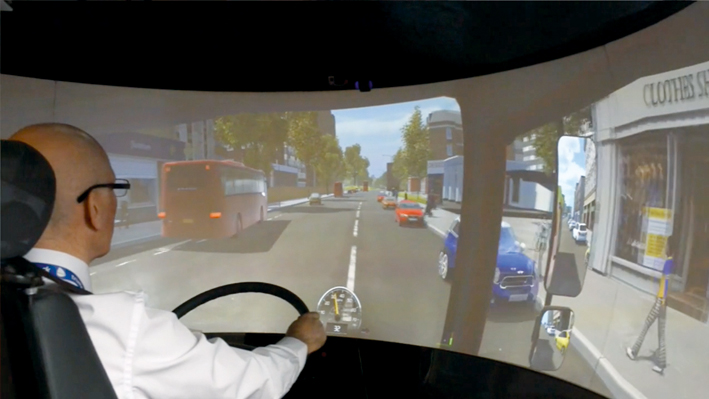A holistic approach to the management of digital evidence
Over the past few years there has been a concerted move in the criminal justice system to remove paperwork and move towards a digital case file.

Over the past few years there has been a concerted move in the criminal justice system to remove paperwork and move towards a digital case file.
Significant funding streams have been put in place to support these initiatives.
This is bringing about technology challenges for the police, prosecutors, courts and other stakeholders. Police forces, however, are at the sharp end of managing digital information; responsible for identifying potential evidence from the vast volumes of data available, securing it, building it into cases and sharing it with those who need to see it.
Under the Modernising Justice agenda we will see more and more police force data made available in real time to the Crown Prosecution Service (CPS).
Here again, there is a powerful need for digital evidence management solutions that can accommodate this. There is an initiative already in place that solutions must support: the Home Office Collaborative Digital Information Service (CDIS). Capita is pleased to be part of the Home Offices supplier engagement programme and is committed to supporting CDIS through EvidenceWorks®.
The positive effect of digital evidence
Digital evidence now comes from many different sources. These include body-worn video (BWV); the public sector, commercial and private CCTV footage; mobile phone images and video from the public; still images and video from crime scenes; digital interviews; text-based documents; ANPR (automatic numberplate recognition); patrol car video; and audio from contact centres. The list is long and growing all the time.
With the benefits come data management challenges.The positive contribution that new and better forms of evidence can have on detection and conviction is very welcome, of course. However, it also brings a significant challenge the potential to create a mountain of new data every day that has to be downloaded, stored, catalogued, shared and analysed.
We know of at least one force that is eager to go ahead with a rollout of BWV but, while it recognises the operational benefits, the IT challenge of storing, cataloguing and sharing the data is holding back implementation.
There is a strong and developing business case for police forces and other criminal justice agencies sourcing solutions for the management of digital evidence that enable them to achieve the following:
Upload evidence of multiple types in multiple formats from internal and external sources;
Catalogue the data so that it is searchable and store it in a way that makes retrieval and use simple;
Share the data with relevant stakeholders while ensuring audit and security controls are in place, including the ability to track down the source of any security breaches should data wrongfully enter the public domain;
Analyse the evidence as part of investigations, case building and case management; and
Integrate the solution with other systems, such as records management systems, and share the data locally, regionally and nationally.
Understanding the challenges
On the face of it, it is much easier for a police force to buy a discrete IT solution as and when needed than it is to specify and implement a more integrated approach.
However, this almost inevitably leads to a situation where a number of different solutions are working in silos and a significant risk that the police force involved finds it difficult to integrate processes and data.
A single managed point of access for all departments and partners will improve security, improve reliability and reduce cost, as well as reducing the complexity of implementing the Management of Police Information (MoPI) guidelines. A single solution will, without doubt, help a force counter oncoming challenges:
The amount of data will continue to grow the future is one where the amount of digital data created will grow exponentially. The advent of 4G and high bandwidth communications will also promote streaming and real-time use of cameras;
The strain on available bandwidth bandwidth becomes an especially p




